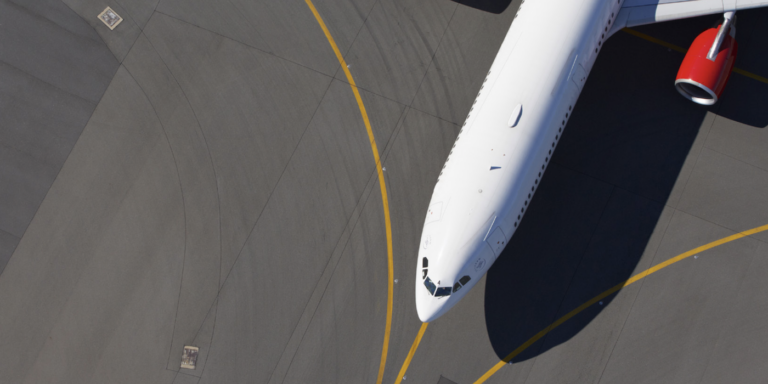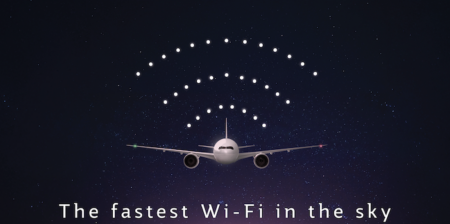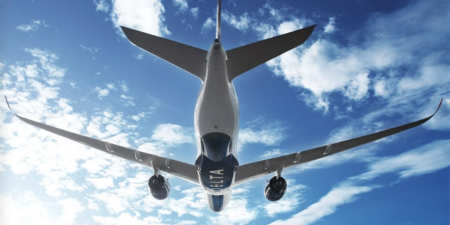Despite record numbers of over four billion passengers globally, statistics show that flying has never been safer. The global airline industry has experienced some of its safest years ever in terms of fatal accidents in recent times, according to the ‘Aviation Risk 2020: Safety And The State Of The Nation‘ report published by the corporate and aviation insurance specialist, Allianz Global Corporate & Specialty (AGCS) in association with Embry-Riddle Aeronautical University.
Three of the past four years have been the safest ever. For example, in 2017, for the first time in at least 60 years of aviation there were no fatalities on a passenger jet flight, making it the safest year ever. Even 2018, which saw a total of 15 fatal airliner accidents with 556 victims, ranks as the third safest year ever, according to statistics from the Aviation Safety Network[1], with 2015 ranked second. Overall, the report notes that the lifetime chances of a person dying in a commercial aviation accident are extremely unlikely compared with other forms of transport such as by car or bicycle, as well as other more unexpected scenarios such as accidental gun discharge or dog attack.
The continuous improvement in aviation safety can be attributed to several factors such as design improvements, new technologies, more effective pilot training as well as significant improvements in manufacturing processes, aircraft operations and regulation.
Aerodynamic and airframe improvements, fly-by-wire aircraft and more effective safety inspections have had a dramatic impact on accident rates over the past decades. At the same time engine manufacturers have almost eliminated the chance of engine failure. Radios and avionics are extremely precise today, and improved air traffic control technology and better collision systems have also had a positive impact.
As E. David Williams, assistant professor of aerospace and occupational safety at Embry-Riddle Aeronautical University states, “Pilots now have much more live information at their fingertips, while current navigation systems have the capability to determine an aircraft’s position to the thousandths of a mile. Improvements in science have also allowed the aviation industry to better understand how human factors can affect safety. Pilot fatigue, training, crew resource management and other factors have become increasingly important issues.”
More turbulence – and claims – on the way
Passengers can feel safer than ever on board an airplane, but will have to be prepared for more incidences of turbulence in future, according to the report. In July 2019, almost 40 people were injured on an Air Canada flight from Vancouver to Sydney that was hit by severe turbulence and had to make an emergency landing – one of many incidents that occur on flights around the world every day. Within the coming decades, turbulence is expected to increase due to climate change and the warming planet – in particular on flights between Europe and North America.
Although the aviation industry’s safety record has improved significantly in recent decades, particularly with regard to the number of fatal accidents, it continues to see a high volume and growing magnitude of claims. AGCS has analysed more than 50,000 aviation insurance industry claims from 2013 to 2018 worth more than EUR 14.8 billion (US$16.3 billion). Collision/crash incidents account for over half the value of all claims – and these include not only tragic crashes, but also damage from foreign objects or ground collision incidents at crowded airports. There are many other causes of loss, such as slips and falls of passengers, machinery breakdown and engine failure, fleet groundings and mis-fuelling accidents, all of which are resulting in increasingly expensive losses for aviation manufacturers, airlines and their insurers alike.
Costly repairs – rental engine was more than the entire aircraft
The increasing sophistication of new generation aircraft – often built using light composite materials such as carbon fibre layers to consume less fuel and fitted with sophisticated technology – is driving up the cost of aircraft repairs and groundings. We recently handled a claim where a rental engine was required while an aircraft’s engine was repaired. The value of the rental engine was more than the entire aircraft, including its original engine.





